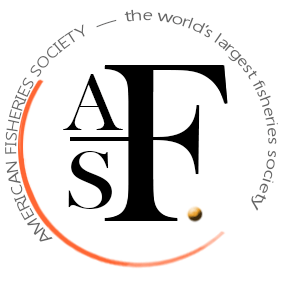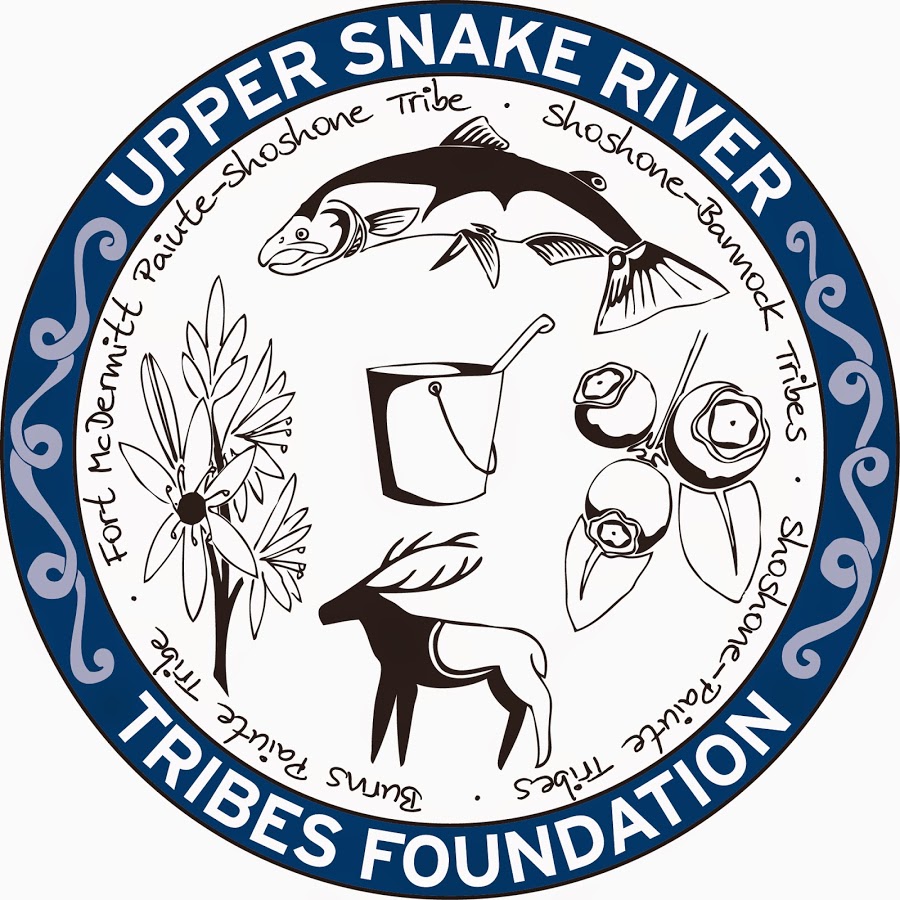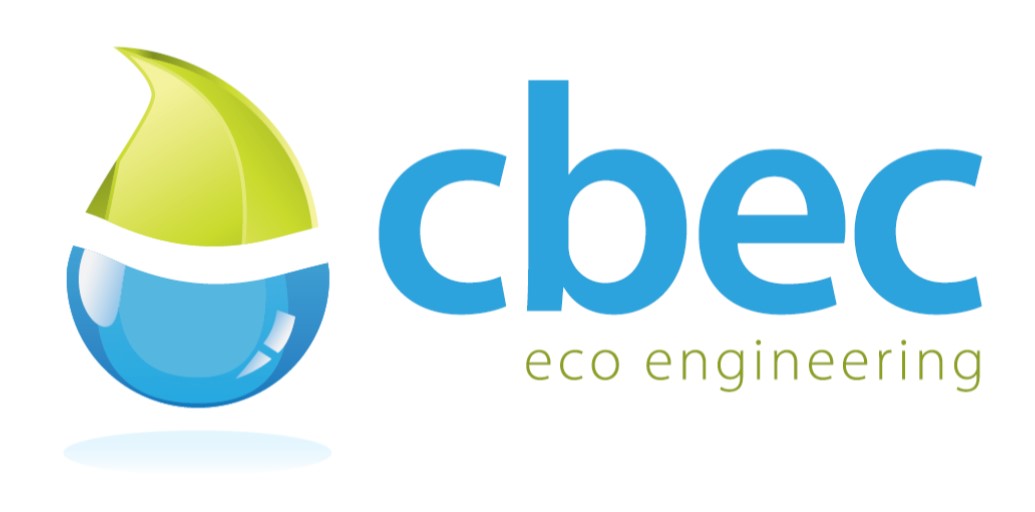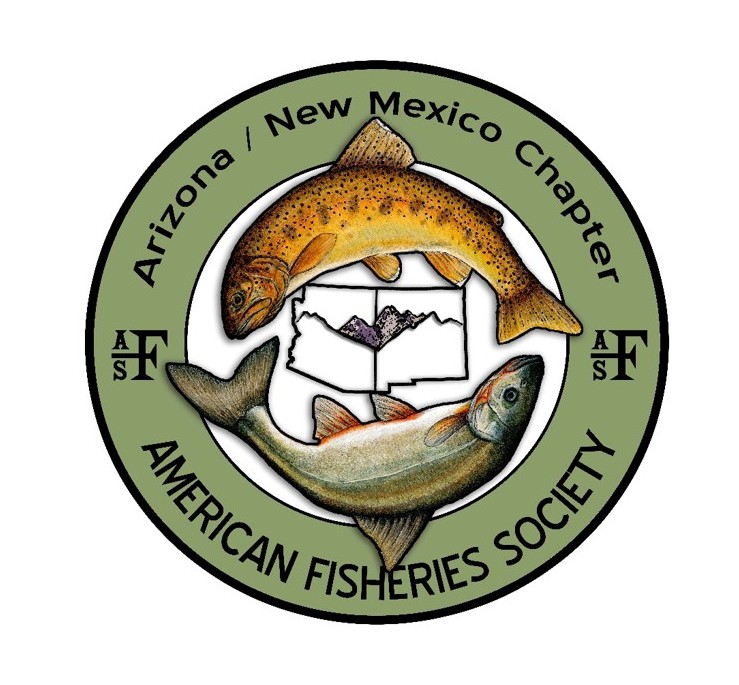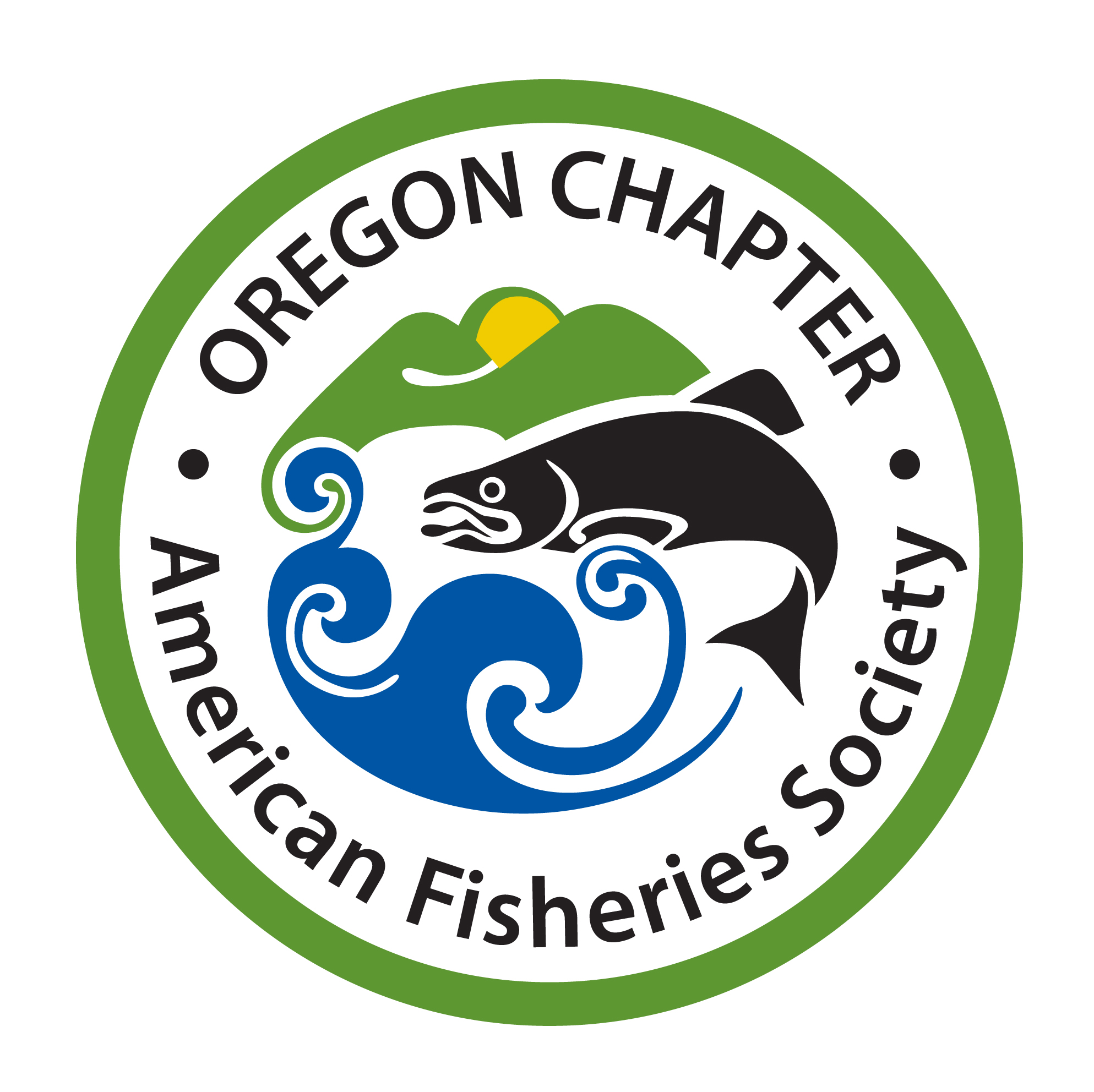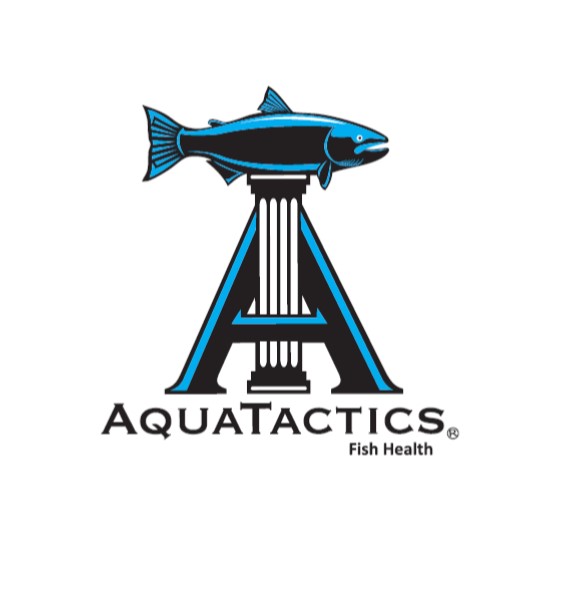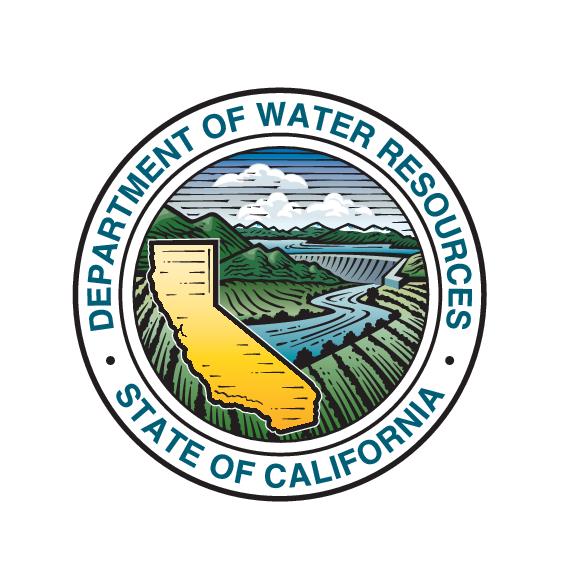The WDAFS 2016 program will include a number of topical, timely symposia. Click the titles below to learn more. Got a paper you think would be a good contribution to one of these symposia? When submitting your abstract, select the appropriate symposium from the list to be considered. If your presentation or poster isn’t a good fit for one of the symposia below, please submit it as a contributed presentation or poster.
A Framework for Riverscape Genetics: Integration of Spatial, Ecological, and Genetic Data in the Study of Lotic Systems
In this session we will showcase the burgeoning field of riverscape genetics, an aquatic counterpart to landscape genetics. Research and analytical frameworks for landscape genetics in terrestrial systems have been developed, but in that context the river functions only as a feature on the landscape rather than as the landscape itself. A similar framework is needed for lotic systems. The proposed symposium would include research in aquatic systems spanning the growing field of conservation genetics including, landscape ecology, population genetics, and spatial statistics . We will highlight research that is at the interface of population genetics and riverscape ecology in order to enhance our understanding of population dynamics for aquatic species. Advances in molecular techniques have expanded our ability to detect differences among individuals and estimate gene flow within and among populations, providing a clearer understanding of population structuring. A major challenge of studying aquatic organisms is to link genetic variation to a dynamic landscape that varies over temporal and spatial scales. A similar challenge faces aquatic ecologists; linking variation in abundance and distribution associated with the dynamic landscape to genetic plasticity and genetic diversity. Aquatic ecologists have recently refined early conceptual models for understanding riverine landscapes (riverscapes) by regarding the physical habitat, processes that produce and maintain those habitats, and the inherent physical structure of the stream network. The overarching goal of this session will be to highlight current research that attempts to bridge population genetics and riverscape ecology in order to improve understanding of population dynamics and evolution.
Professional Development
This symposium is being offered to help improve your professional profile and leadership skills whether you are a student or a seasoned professional. Speakers from private, state, fed and tribal entities will talk about their career paths and challenges they may have faced along the way. We will also have an interactive session with conducting job searches, resume review and improving interview skills. We will talk about how social media and how it may help or hinder potential employment.
Protecting Fish Consumers by Protecting Water Quality: The Struggle to Develop New Human Health Criteria Water Quality Standards in the Pacific Northwest
States protect water resources by setting water quality standards for freshwater aquatic life, drinking water, and other uses — including standards for freshwater and nearshore marine waters from which fish and shellfish are consumed. Recently Oregon, Washington, Idaho, and Alaska have addressed these “Human Health Criteria” water quality standards — only Oregon has had their new criteria approved by the EPA. Tribes have been at the forefront of driving the need for new standards. This symposia invites technical, tribal, and regulatory presenters to discuss the science behind developing new water quality standards, and where compromises are made to enact policy.
Ecology and Management of Western Native Fishes
The cumulative effects of water development, habitat alteration, and interactions with introduced species have negatively affected many native fishes in Western North America. In addition to these existing threats, knowledge of basic life history traits and status of these fishes has historically been lacking, impeding effective management. Recent work across the West has addressed numerous information gaps and management actions have been implemented to conserve and recover populations of these fishes. This symposium seeks to provide a platform for researchers and managers to share ideas and lessons learned from work with Western native fishes and discuss future directions in this area. In addition, we would like to highlight progress that has been made to advance knowledge of these fishes, and celebrate collaborative efforts that have led to conservation gains. We invite papers on recent developments in the ecology and management of these imperiled fishes.
Verification of Fish Design Criteria for The Built World
In today’s world where criteria are known to exist for many built projects constructed by man, it is imperative in our society that we continue to verify our aquatic planning meets the best possible outcome for the ultimate client, fish. In our world of fisheries and fisheries engineering design criteria has been developed through experience and results, often based on existence of fish after projects are built or as in early days measuring the physical capabilities of our ultimate clients. Today the need to measure post project success scientifically is readily available and should be utilized. This Symposium will present several scenarios where the verification of criteria is scientifically measured as feedback to planners, owners, and the engineer that build things in the aquatic environment to the benefit of fish. It will show methods and results of these measurements that will help future projects built for fish, truly succeed in supporting their client’s needs.
Biology and Management of Threatened Santa Ana Sucker in Highly Urbanized Southern California
The Santa Ana sucker (Catostomus santaanae) is federally listed as a threatened species. The species is endemic to streams in highly urbanized southern California. Its current habitats range from montane streams in the upper San Gabriel River drainage to portions of the lower Santa Ana River where flow consists primarily of treated effluent. Given the extreme pressure to develop water and land resources for continued urban development, providing habitat for the sucker and recovering its population are extremely difficult problems for managers. Proposed solutions are often costly and require consensus among many stakeholders. As part of the development of a Habitat Conservation Plan (HCP) for several threatened and endangered terrestrial and aquatic species, including the sucker, in the Santa Ana River drainage, new data is being collected and existing data evaluated to inform management actions to recover the species. In this symposium we will review the status of Santa Ana sucker, present new data being collected on its biology, and present several of the management actions to be implemented under the HCP.
Lahontan Cutthroat Trout: Advancing Biology, Conservation, and Management
Lahontan Cutthroat Trout (LCT) are one of the iconic animals of the Great Basin and the largest subspecies of Cutthroat Trout. Historic specimens of LCT from Tahoe and Walker Lakes exceeded 30 pounds and 100 years ago a 61-pound LCT was reported from Pyramid Lake. LCT did not fare well in the following decades and were displaced from more than 95 percent of their historic native range. Since being listed under the Endangered Species Act in the 1970s, LCT have been the focus of significant efforts by researchers, managers, and conservation practitioners from universities, agencies, tribes, NGOs, and the private sector. This symposium will promote the exchange of current knowledge and status, research, new developments, and successes and challenges for the diversity of those biologists working toward restoration of LCT.
Use of Acoustic Tagging to Evaluate Survival and Migratory Behavior of Juvenile Salmonids
Declining survival of several salmonid stocks on the west coast has raised alarms in the scientific, environmental, and fishing communities. Causes of population declines are complex; variations in freshwater flow, dams, habitat degradation, hatchery practices, climate variability, and ocean conditions may all play a role. Understanding factors affecting their survival is therefore critical to devising effective recovery strategies for these populations. Salmonids are highly migratory anadromous species that exhibit a complex life cycle encompassing freshwater and oceanic phases. An important stage in the life history is the period of migration from natal tributaries to the ocean, when juveniles may suffer mortality from various natural and anthropogenic factors, such as water management actions affecting river flow and temperature. Fish marking and tracking is a fundamental tool for fisheries management and research. More specifically acoustic tagging studies have become a well-established tool in estimating movement and survival rates of juvenile salmonids. Recent advances in tag miniaturization have occurred allowing to increase our knowledge of both hatchery and wild smolts migratory behavior that were previously too small to tag. The goal of this session is to discuss the more advanced developments in the acoustic tagging of juvenile salmonids from the West Coast, and to show what we have learned from this technology and the future directions.
Tidewater Goby Biology, Metapopulations and Management
The tidewater goby is an endangered species endemic to California’s coastal lagoons and estuaries. The symposium will address taxonomy, status, metapopulation viability analysis, physiology, survey techniques including environmental DNA, and habitat restoration and management.
Process-based Restoration - How Are We Doing?
Human impacts to aquatic ecosystems often involve fundamental changes to watershed processes. Process-based restoration aims to re-establish natural rates and magnitudes of physical, chemical, and biological processes that sustain river and floodplain ecosystems, thereby shifting aquatic ecosystem conditions (physical, chemical, and biological) into the range of natural potential conditions at any site. Watershed restoration uses a suite of strategies including fully restoring processes, restoring some processes but not all, and habitat creation efforts that construct artificial habitat features. This symposium will bring together watershed restoration researchers, practitioners, and managers to share 1) assessment methods to determine how changes in riverine habitats have affected biota, 2) assessment methods to determine the causes of those changes, 3) various restoration strategies, and 4) metrics for gauging restoration success.
Desert Fish Conservation - Restoring Habitat, Passage and Watershed Connectivity in the Interior Basins of the Western United States
The interior basins of the western United States are characterized by harsh environmental conditions including elevated temperatures, low precipitation, and flashy hydrology. Fish assemblages endemic to desert basins are tolerant of these conditions, but are increasingly influenced by land use changes that impact stream corridor habitat and streamflow. Urbanization, irrigated agriculture and ranching, and natural resources development are converting historical habitat and disconnecting stream corridors. Over the last three decades, a growing recognition of desert fish species has coincided with the fisheries community’s understanding of how development has affected fish habitat condition and watershed connectivity. Contemporary conservation actions focus on restoring fish passage, protecting riparian corridors, and securing instream flows in desert basins. The goal of this symposium is to provide information on recent efforts to conserve desert fish communities throughout the Great Basin and the desert Southwest.
Conservation of Nevada’s Desert Fishes
This symposium will feature a broad swath of the research and adaptive management techniques currently being used to conserve and recover native desert fishes in Nevada. Nevada’s ichthyofauna occupy some of the most unusual and specialized environments inhabited by fishes anywhere on earth. These fishes are also among the most imperiled of any fauna, with many narrowly endemic species and wider-ranging forms. Many of these species have been listed as threatened or endangered since the 1960s, before the Endangered Species Act existed. Research biologists and resource managers from academia and from federal and state jurisdictions will discuss the myriad challenges, strategies, successes, and failures that have led to the current state of Nevada’s native fish fauna.
Captive Propagation and Domestication Selection in Fishes: A Conservation Dilemma
Captive propagation has been a favored option for rebuilding or augmenting endangered and economically important fishes. However, the potential for domestication selection and corresponding loss of wild traits in captivity presents a dilemma for managers and conservationists. Presenters in this symposium will explore effects of captive propagation and practices to mitigate or avoid effects with special reference to western endangered fishes.
Ecosystem Management, Breaking Down the Silos
Ecosystem management is a popular buzzword for managers of fish and fisheries. The Symposium will look at successful examples of ecosystem management, provide descriptions of situations where other resources (other fish, birds, mammals, etc.) need manager consideration, and examine the institutional constraints and supports for ecosystem management.
Student Symposium
The Student Symposium is an opportunity for students to showcase their research in oral and poster presentations and compete for cash prizes. All students are encouraged to submit their abstracts for oral presentations into the Student Symposium. Please note that only those students presenting in the Student Symposium will be eligible for student awards and prizes. Students submitting poster abstracts will automatically be entered into the Student Symposium. The poster presentations portion of the Student Symposium will be held Tuesday, March 22, 5:30 pm – 7:30 pm.
Beyond Observation and Correlation: Using Telemetry to Test Hypotheses
Aquatic telemetry studies have made important contributions to basic fisheries science by providing new observations that allow behavioral patterns of individuals or groups of individuals to be documented over a much wider range of spatial scales than previously possible. These observations are often then analyzed post-hoc by examining the statistical correlation with environmental factors thought to affect migration, behaviour and survival. With this approach the practitioner may inject his or her judgement into the analysis process and interpretation of the results, which in turn, may result in an important bias, by subtly prejudicing the analysis to outcomes the analyst already believes to be true. Unlike current practice in fisheries science, biomedical research and physics place great emphasis on the use of explicitly controlled double-blind experiments with randomization to exclude analyst bias. This can be difficult to achieve outside of a laboratory setting, but as telemetry systems (e.g., arrays) and tags (e.g., multi-function transmitters that are able to collect information such as depth, temperature, acceleration, etc.) have become more sophisticated, the fisheries community now has the tools needed to more rigorously adhere to the scientific method. Further, the inclusion of physiological data which could inform fish health should yield far more powerful results, and thus the ability to test hypotheses in the field becomes realizable. In this session we highlight applied telemetry studies that have explicitly tested hypotheses by using control and treatment groups of fish, or have combined movement data with biotic or abiotic data which were designed to solve a specific problem. In particular, we encourage fisheries biologists to develop explicit hypothesis tests that eliminate as far as possible the use of “expert judgement” in their research. This can in turn produce clear results which can be used by managers to address known critical uncertainties.
Ancient Fish and Current Research: Contemporary Studies of Sturgeon in Western North America
Sturgeon are the subject of intense management and conservation efforts due to steep declines in abundance of most populations throughout their range. The reasons for the observed widespread decline are numerous and generally consistent across populations. Though most populations are greatly depressed from historic levels, some fisheries remain and attract recreational fishers from around the world. Sturgeon are an ancient lineage of fish characterized by their long life, late maturation, slow growth, high fecundity, flexible feeding patterns, and migratory behaviors. Although much has been learned about sturgeon ecology in recent decades, it is imperative to more thoroughly understand what management actions can be implemented to ensure the sustained recruitment and survival of these important fishes. This session will present some of the most recent information collected from scientific studies of sturgeon in western North America.
Aquatic Invasive Species Impacts, Control, Prevention, and Containment
Aquatic invasive species (AIS) continue to expand into new ecoregions and new species introductions continue to escalate. Aquatic invasive species can have detrimental impacts to fisheries, hatcheries, infrastructure, ecosystems, economics and recreational activities. A symposium topic related to research and strategies for prevention, control, containment and the impacts AIS have on ecosystem health would be both beneficial and informative for aquatic recreationalist and aquatic resource managers. The Western Regional AIS Panel has made significant strides in prevention efforts primarily directed at transport of AIS through recreational watercraft inspections and decontaminations. Additional AIS impacts such as climate change and threats to the ecosystem health through introduction from other sources and prevention efforts at the ground level continue to need to be addressed.
Planning and Assessing the Pier E3 Implosion in San Francisco Bay
In November of 2015, the largest pier of the Old East Span of the San Francisco Bay Bridge was demolished with a six-second controlled implosion. Over of year of planning went into designing a blast attenuation system, developing a blast plan, getting permit approvals and developing and implementing fields studies to evaluate this demonstration project and determine if the method could be generally applied to other underwater demolition projects. The symposium will present salient details and findings from this demonstration project including results of hydroacoustic monitoring along with a caged fish study.


